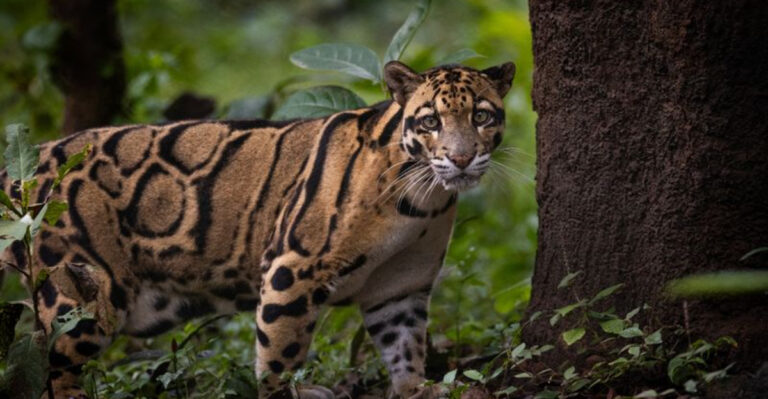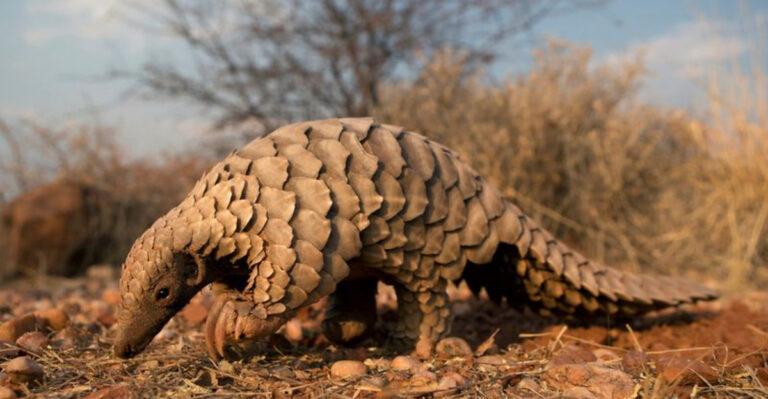14 Striking Blue Animals That Can Cause Serious Harm
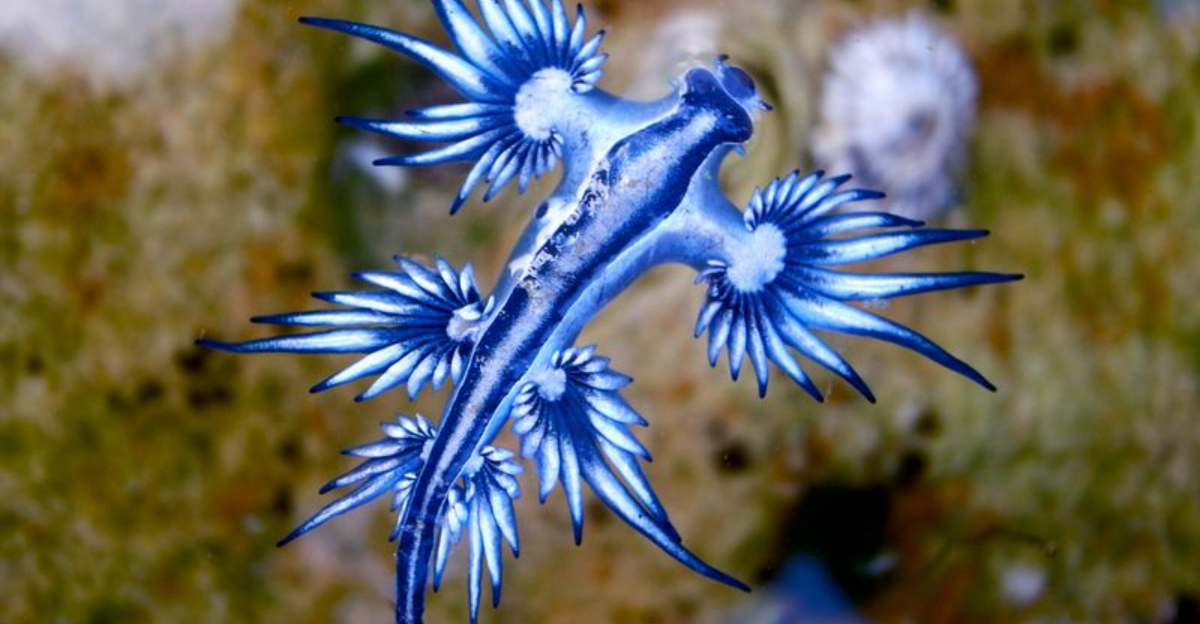
The natural world dazzles us with colorful creatures, but sometimes beauty hides danger. Blue animals particularly fascinate us with their rare and stunning coloration. What many people don’t realize is that several of these azure-hued creatures pack a serious punch when it comes to venom, toxins, or aggressive behaviors.
Let’s explore some of the most captivating – yet potentially harmful – blue animals on our planet.
1. Blue-Ringed Octopus
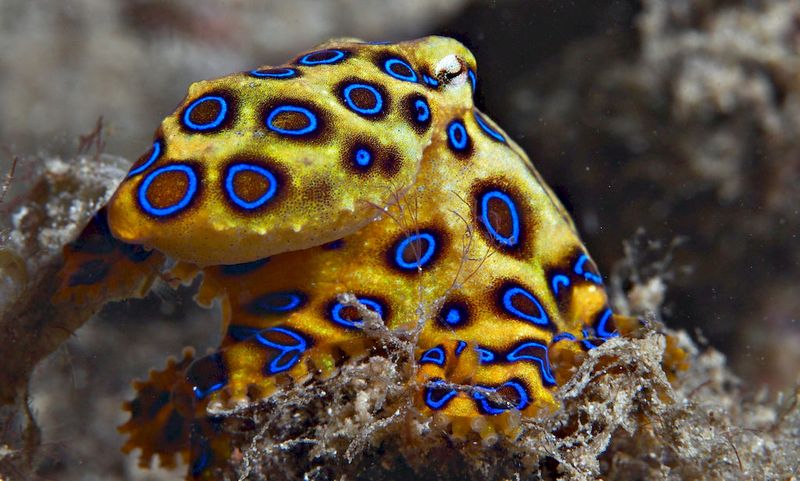
Tiny but deadly, these ocean jewels flash electric-blue rings when threatened. Their venom contains tetrodotoxin, powerful enough to harm 26 adults in minutes.
No antivenom exists, and victims require immediate artificial respiration. Found in tide pools across the Pacific and Indian Oceans, they’re responsible for numerous close calls with curious beachgoers.
2. Blue Poison Dart Frog
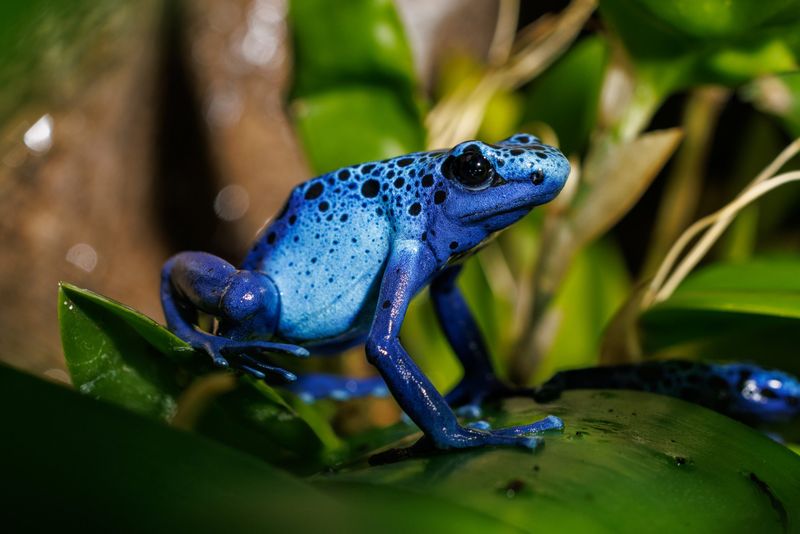
Measuring barely an inch long, these sapphire gems pack enough poison to take down ten grown men. Their brilliant color serves as nature’s warning sign: stay away!
Indigenous Emberá people in Colombia traditionally used their toxins on blowgun darts for hunting. In captivity, these frogs lose their toxicity since it comes from their wild diet of specific insects.
3. Blue Malaysian Coral Snake
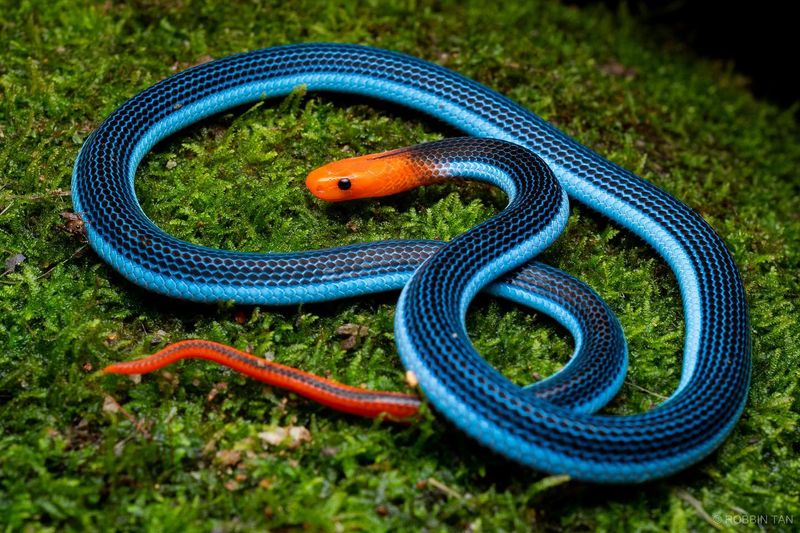
Slithering through Southeast Asian forests, this striking reptile sports electric blue stripes alongside black and white bands. Don’t let its beauty fool you – one bite delivers potent neurotoxins that can cause respiratory failure.
These shy snakes typically avoid humans but become defensive when cornered. Their venom targets nerve function, potentially leading to paralysis within hours of a bite.
4. Blue Dragon Sea Slug
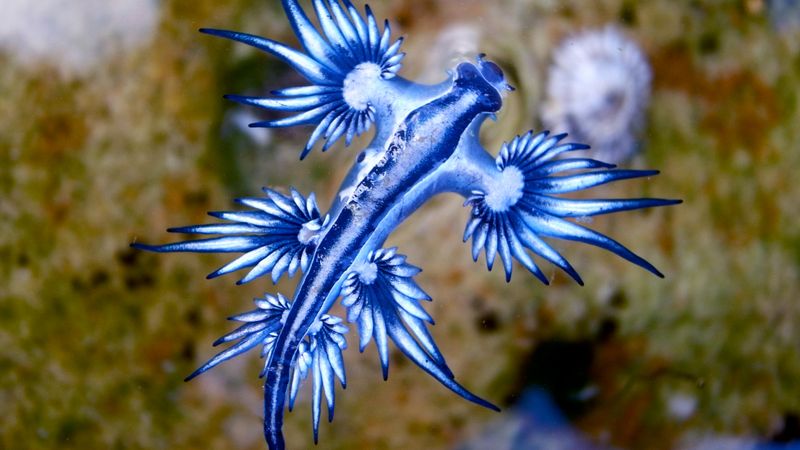
Floating upside-down on ocean surfaces, these otherworldly creatures measure just 3 centimeters yet cause excruciating pain. They consume Portuguese man-o-war tentacles and store their stinging cells for self-defense.
Beach walkers occasionally find these tiny terrors washed ashore. Their concentrated stings can trigger anaphylactic shock in sensitive individuals, making these diminutive drifters surprisingly dangerous despite their enchanting appearance.
5. Blue-Spotted Stingray

Turquoise dots speckle these ocean floor dwellers like scattered sapphires. Their whip-like tails conceal venomous barbs that cause excruciating pain when stepped on.
Found in Indo-Pacific coral reefs, they usually hide beneath sand with only their eyes visible. These creatures are masters of camouflage, blending seamlessly with their surroundings to avoid detection, making them a hidden danger for unsuspecting swimmers.
6. Greater Blue-Ringed Tarantula
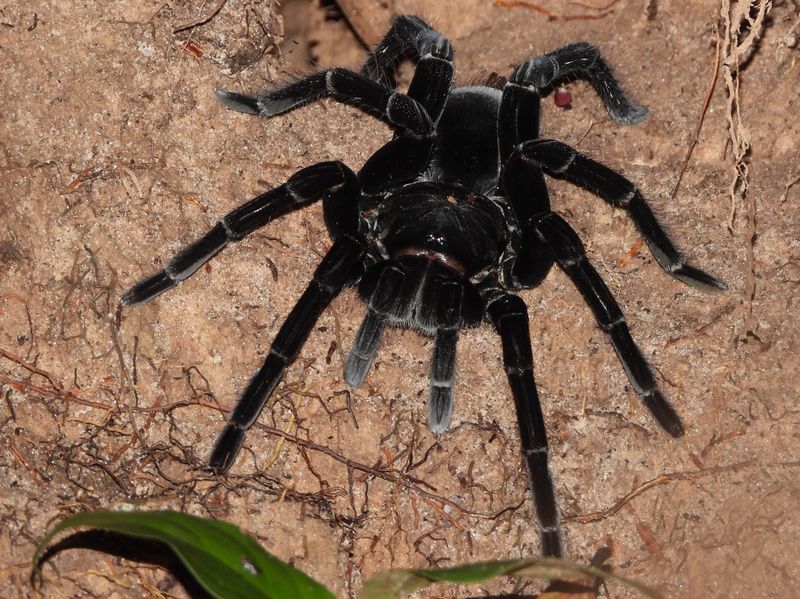
Sporting metallic cobalt legs that shimmer under light, these hefty arachnids deliver a bite worse than your average spider. Found in South America, their venom causes intense pain, muscle cramping, and potential heart irregularities.
Despite their intimidating appearance, they typically flee rather than fight. However, cornered specimens will rear up, displaying their fangs before delivering a defensive bite that can leave victims suffering for days.
7. Blue-Spotted Grouper
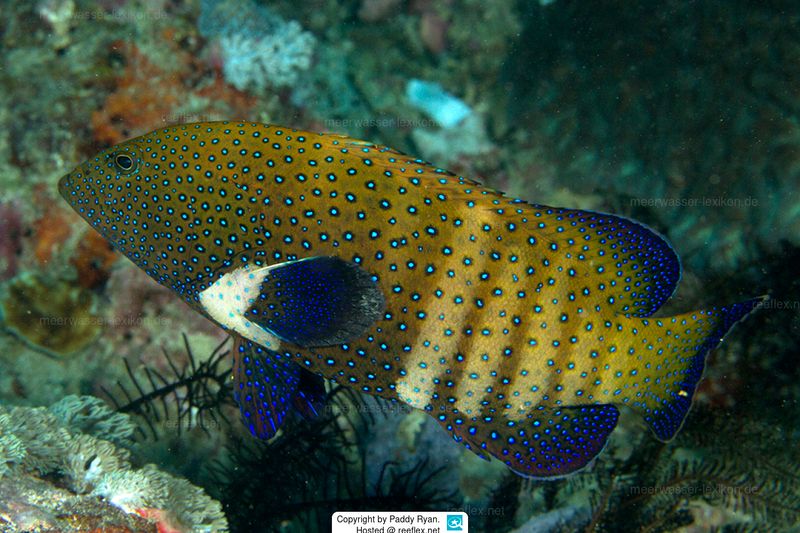
Flash-frozen sushi enthusiasts beware! This azure-speckled reef fish harbors ciguatoxin, which no amount of cooking destroys. The poison accumulates in their flesh from eating smaller contaminated fish.
Victims experience bizarre neurological symptoms, including the unsettling reversal of temperature sensation – cold feels hot and vice versa. Recovery can take weeks or months, with some people experiencing recurring symptoms for years after exposure.
8. Blue Bottle Jellyfish

Like living bubble-wrap filled with agony, these colonial organisms (also called Portuguese Man-o-War) trail tentacles up to 30 feet long. Each contains thousands of microscopic stinging cells that remain active even after washing ashore.
Their translucent blue bodies float at the mercy of wind and currents, often arriving en masse on beaches. Stings create welts resembling whip marks and can trigger breathing difficulties, intense pain, and in rare cases, fatal allergic reactions.
9. Blue Coral
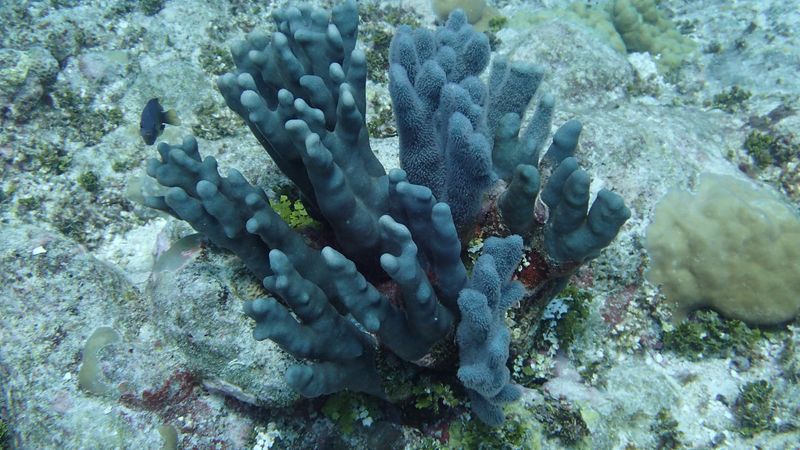
Garden-variety cuts become nightmare scenarios when this deceptively beautiful marine structure scrapes you. Blue coral contains powerful neurotoxins that enter wounds, potentially causing nerve damage.
Unlike soft-bodied relatives, these rigid formations have razor-sharp edges that easily slice skin. Divers who brush against them often experience burning pain followed by numbness that can persist for weeks, alongside infections from the coral’s abundant microorganisms.
10. Blue Lined Surgeonfish
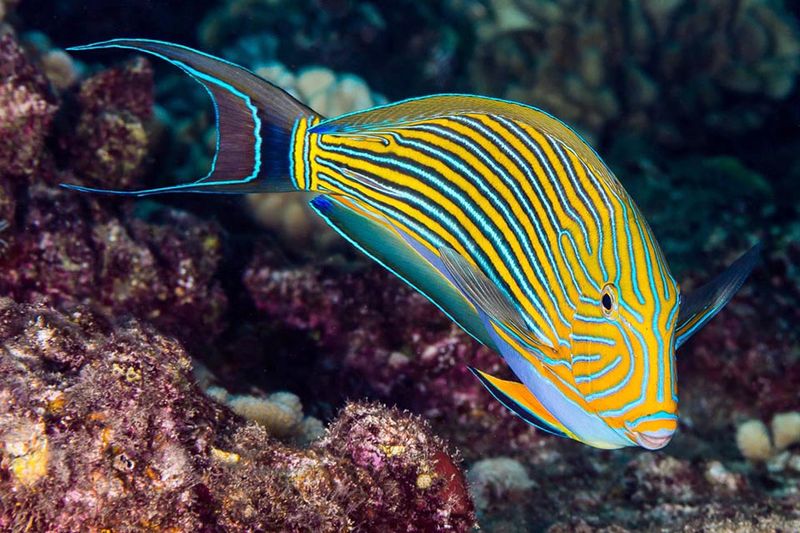
Armed with scalpel-sharp spines near their tails, these ocean surgeons can slice open human skin with frightening ease. The electric blue lines running across their bodies serve as warning signs of their defensive capabilities.
Aquarium enthusiasts learn the hard way about their razor-like modifications. Wounds from these fish frequently become infected due to the bacteria coating their spines, sometimes requiring actual surgical intervention and powerful antibiotics.
11. Blue-Banded Bee
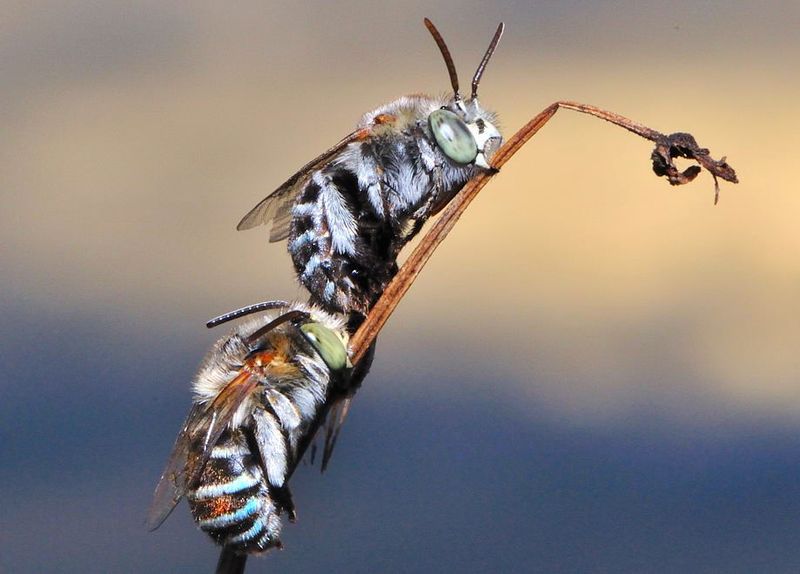
Sporting metallic azure stripes that catch sunlight like sapphire jewelry, these Australian natives pack a surprisingly painful sting. Unlike honeybees, they can sting repeatedly without dying.
These solitary bees nest in mud banks rather than hives. Though not typically aggressive, they defend their burrows fiercely. Their venom causes swelling and pain disproportionate to their tiny size, occasionally triggering severe allergic reactions in sensitive individuals.
12. Blue Dart Wasp
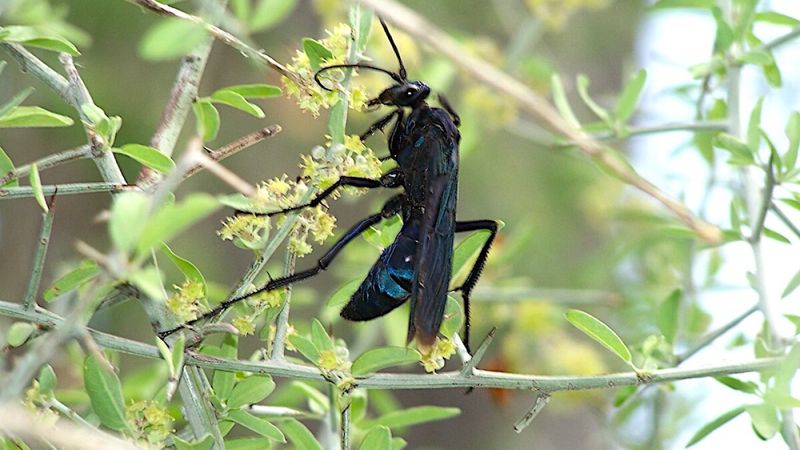
Metallic indigo bodies gleaming in sunlight, these solitary hunters deliver one of the most painful insect stings known to science. Native to Central and South America, they paralyze prey with precision strikes.
Unlike social wasps, they don’t defend territories in swarms. However, females fiercely protect their burrows. Their stings rate as “level 4” on the Schmidt Pain Index – described as “like walking over flaming charcoal with a three-inch nail embedded in your heel.”
13. Blue Land Crab

Sporting sky-blue exoskeletons and claws that can easily break skin, these Caribbean crustaceans become surprisingly aggressive during breeding season. Their powerful pincers deliver crushing force when threatened.
Local fishermen respect their defensive capabilities. Though not venomous, their claws can cause deep, jagged wounds prone to infection. Additionally, their flesh can become toxic when they consume certain plants, causing a poisoning condition known as “grapsism” in humans who eat them.
14. Blue Parrotfish
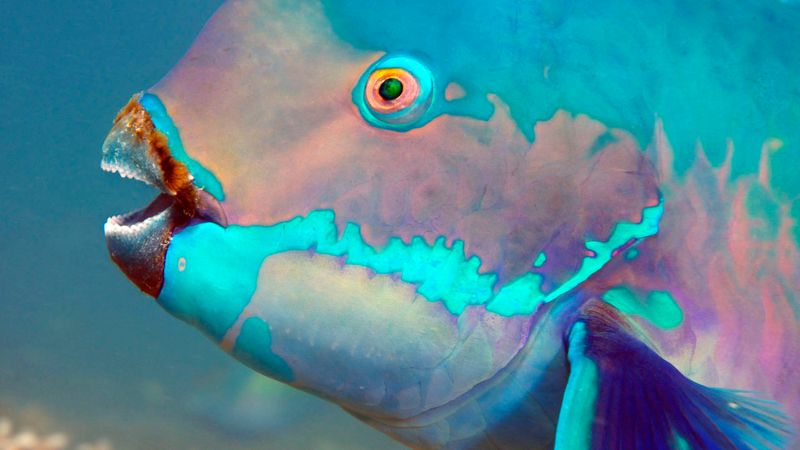
Resembling swimming gemstones, these coral reef inhabitants possess powerful beak-like jaws that crush coral – and occasionally fingers of careless divers. Their bite force exceeds what you’d expect from their colorful appearance.
Territorial males defend their patch of reef aggressively. Though not venomous, their dental equipment can remove chunks of flesh in an instant. Additionally, their meat occasionally contains ciguatoxin, which causes severe neurological symptoms when consumed.


